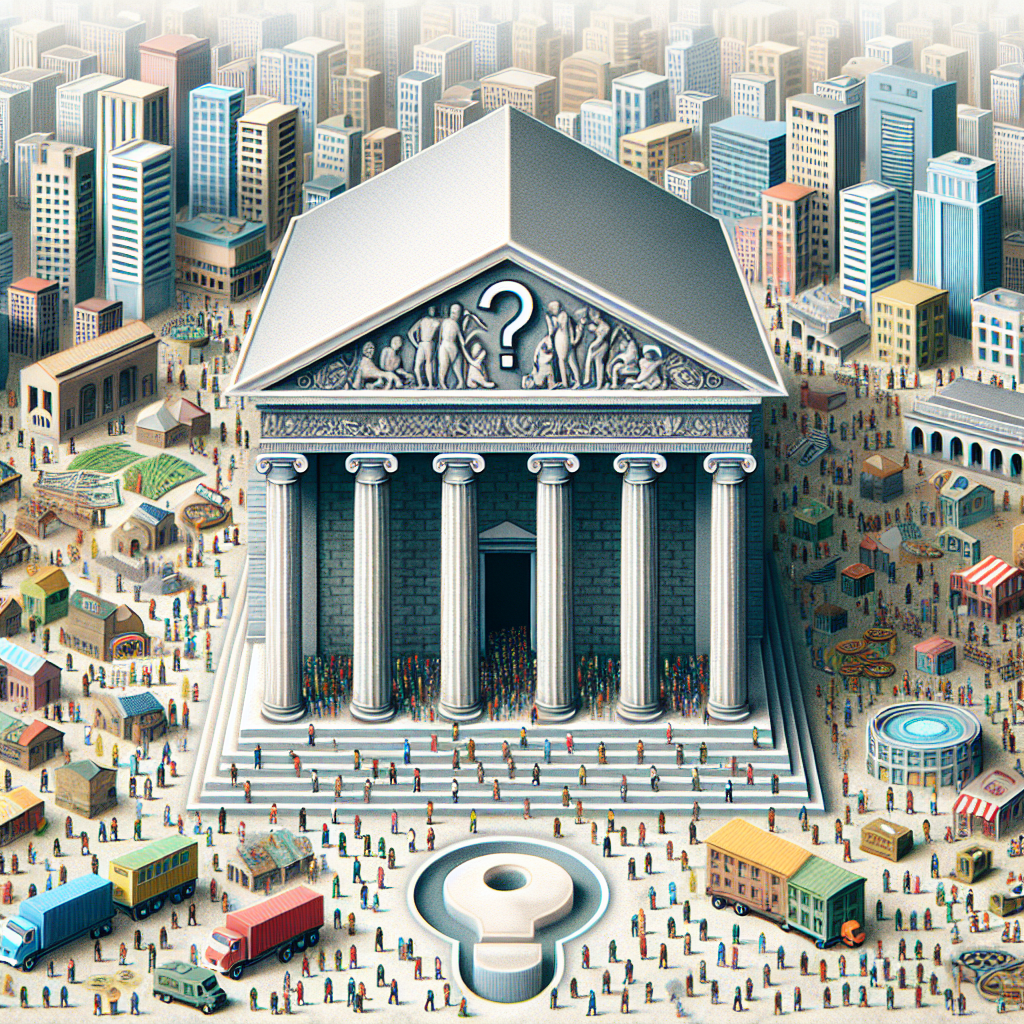The central bank plays a crucial role in the economy by controlling monetary policy, managing inflation, and overseeing the banking system. Central banks are the cornerstone of a country’s financial system, acting as the lender of last resort and maintaining stability in the economy. In this article, we will explore the role of the central bank in the economy and how it impacts businesses and individuals.
Monetary Policy
One of the primary functions of the central bank is to control monetary policy. This involves managing the supply of money and credit in the economy to achieve specific economic goals, such as price stability, full employment, and sustainable economic growth. The central bank uses various tools, such as interest rates and open market operations, to influence the money supply and control inflation.
By adjusting interest rates, the central bank can influence borrowing and spending decisions of businesses and individuals. Lowering interest rates encourages borrowing and investment, stimulating economic activity and increasing consumer spending. On the other hand, raising interest rates can dampen inflationary pressures and prevent the economy from overheating.
Inflation Management
Another key role of the central bank is to manage inflation. Inflation occurs when the prices of goods and services rise over time, eroding the purchasing power of money. Central banks aim to maintain price stability by targeting a specific inflation rate, typically around 2%.
When inflation rises above the target rate, the central bank may increase interest rates to curb spending and reduce inflationary pressures. Conversely, when inflation falls below the target rate, the central bank can lower interest rates to stimulate economic activity and boost inflation.
Banking System Oversight
The central bank also plays a crucial role in overseeing the banking system to ensure its stability and integrity. Central banks regulate financial institutions, such as commercial banks and credit unions, to protect depositors and maintain the stability of the financial system.
Central banks set capital requirements for banks, conduct stress tests to assess their resilience to economic shocks, and supervise their risk management practices. By overseeing the banking system, the central bank helps prevent financial crises and maintain confidence in the financial system.
Lender of Last Resort
In times of financial distress, the central bank acts as the lender of last resort to provide liquidity to banks and financial institutions. By offering loans and emergency funding, the central bank prevents bank runs and maintains the stability of the financial system.
During times of crisis, such as the global financial crisis of 2008, central banks play a critical role in stabilizing the economy and preventing a collapse of the financial system. By providing liquidity to banks and promoting confidence in the financial system, central banks can help mitigate the impact of financial crises on businesses and individuals.
Impact on Businesses and Individuals
The role of the central bank in the economy has a significant impact on businesses and individuals. Changes in monetary policy, such as interest rate adjustments, can affect borrowing costs, investment decisions, and consumer spending patterns.
For businesses, central bank actions can influence the cost of capital and access to credit. Lower interest rates can make borrowing more affordable for businesses, facilitating investment in new projects, expansion, and hiring. On the other hand, higher interest rates can increase borrowing costs, dampen investment, and slow economic growth.
For individuals, central bank policies can impact mortgage rates, savings rates, and purchasing power. Lower interest rates can lower mortgage payments, increase disposable income, and boost consumer spending. However, lower interest rates can also reduce returns on savings and investments, impacting retirement planning and long-term financial goals.
FAQs
Q: How does the central bank control inflation?
A: The central bank controls inflation by adjusting interest rates, managing the money supply, and communicating its inflation targets to the public. By influencing borrowing and spending decisions, the central bank can control inflation and maintain price stability.
Q: What is the role of the central bank in overseeing the banking system?
A: The central bank oversees the banking system by setting capital requirements, conducting stress tests, and supervising risk management practices. By regulating financial institutions, the central bank helps protect depositors and maintain the stability of the financial system.
Q: How does the central bank act as the lender of last resort?
A: During times of financial distress, the central bank provides emergency funding and liquidity to banks and financial institutions. By acting as the lender of last resort, the central bank prevents bank runs, stabilizes the financial system, and promotes confidence in the economy.
In conclusion, the central bank plays a critical role in the economy by controlling monetary policy, managing inflation, overseeing the banking system, and acting as the lender of last resort. By influencing borrowing and spending decisions, maintaining price stability, and ensuring the stability of the financial system, central banks help promote economic growth and stability. Businesses and individuals are impacted by central bank actions, which can affect borrowing costs, investment decisions, and consumer spending patterns. Understanding the role of the central bank is essential for navigating the complexities of the modern financial system and its impact on the economy.
